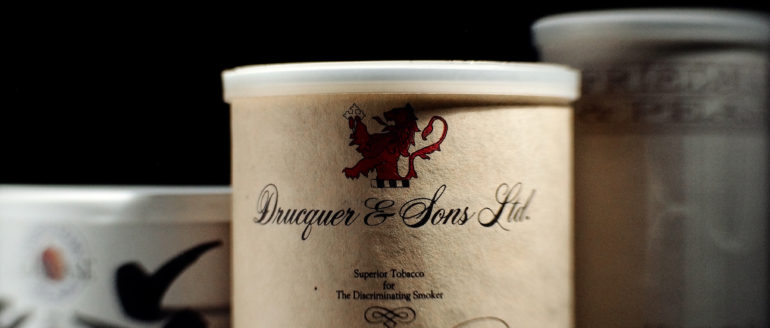
Nearly forty years have passed since I produced my first commercial tobacco blend. It feels like yesterday. It also feels like a lifetime ago.
I’d been working part-time at Drucquer & Sons, a well established Berkeley institution with a long and fascinating history. I sort of fell into the job by virtue of the fact that, in my student days, I spent as many of my moments as possible there, basking in the rich, smoky atmosphere, sampling everything they had on offer, looking at and handling the wonderful variety of new and estate pipes they sold, and annoying the owner and his well-informed staff with an apparently endless barrage of questions. I didn’t just want to know about pipes, I wanted to understand them, their place in culture, the stories behind them, what made one pipe so out-of-reach expensive, and another fairly easily obtainable. But, even more interesting to me were the tobaccos. The shop’s blends were well-known and highly respected by smokers far and wide, and they also carried a wide assortment of carefully selected tins from “the Old Country.”. What were all these different tobacco types? What made them different? Why were they blended the way they were? How did this all work?
A thousand questions later, I was led by the owner into the back room, and shown the way their tobaccos had been hand-blended since the shop’s beginnings in London in 1841. He patiently introduced me to the different leaf varieties, the different shades and cuts, the processing methods behind each, and how their individual characteristics could be enhanced and augmented by careful blending, or turned into a disharmonious mess if approached thoughtlessly. He showed me the box of index cards that contained the recipes for all the house blends, and a thick bound book, its binding fragile and pages discolored from age, with all the custom blends the shop had done for special customers over the decades.
In the weeks to follow, he taught me how to read the formulae, what the different tobacco codes were, and how to weigh out the ingredients, mix them, condition them to the proper moisture content, and operate the tinning machinery. There was something alchemical about the process. I was hooked, and continued to work in the shop on and off, part-time, as my schedule allowed.
Finally, in the late 1980s, I was exploring an idea of what the “perfect” blend would be for me. Dozens of trial blends were made in small batches. It took time and many iterations to hone in on exactly what I was after, and still being relatively inexperienced, there was a lot of trial and error, a few near-misses, and a few not even near enough to miss, but the process was instructional and fun, and eventually, my final lob found its target. With the boss’s permission, I blended up a few ounces, and put a jar on the counter for customers to sample. It was well received, and Sublime Porte was born.
Then, in 1998, when I started my first tobacco company, I dug out my old notes, and with a few small tweaks, recreated the blend as the short-lived but well-received Silk Road. In 2000 when the company was re-launched as G.L. Pease, a bit more refinement resulted in Samarra, a blend that, in a way, now has a nearly forty year history behind it.
But, there’s a bit of an amusing backstory behind the backstory. During the development of Sublime Porte, I ended up with a lot of “tailings,” small amounts of the many blends that didn’t work. Most of the trial blends comprised a similar ingredient bill, Latakia, a few different orientals, perique, many grades of virginias, some dark and light cavendish, even a bit of burley. All of these ended up going into a jar, and before the final blend was done, the jar had become rather full, and interestingly delicious. I labeled the jar Byzantine Mixture, and stuck it in the back room.
A few years after Sublime Porte made its debut, a friend had taken over managing the store. I was visiting him one day, and commented on the wonderful aroma of the tobacco he was smoking. “It’s something I found in the back. Cant’ find any record of it in the books. Just a jar labeled Byzantine Mixture.”
I filled my pipe and we enjoyed a great smoke and a good laugh as I shared the story with him of this lost blend, one that can never be replicated, the one that got away.
Photos by G.L. Pease


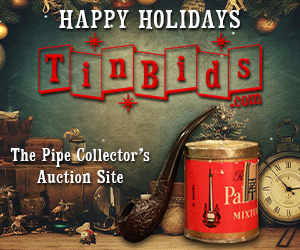

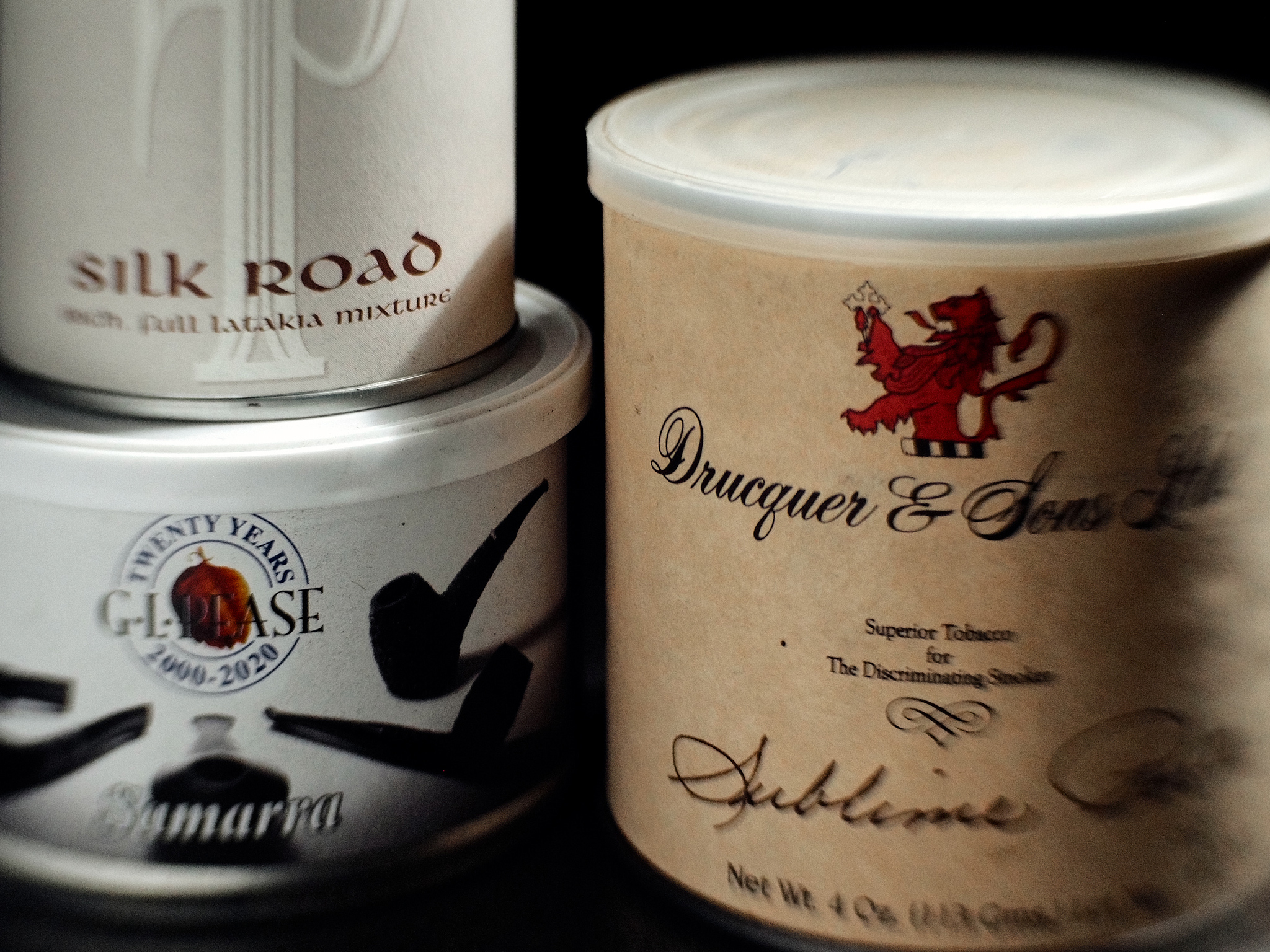

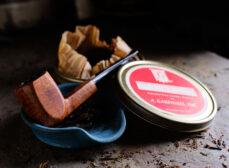
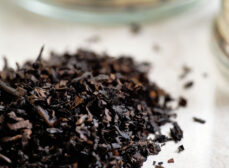













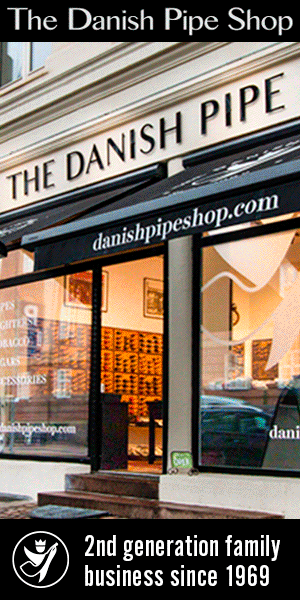
Great article, Greg! I really enjoyed the backstory of the backstory.
Dino
Great story! How many are there of these fabled, shop blends are now lost to time? For me, those now gone Maryland shops are The Annapolis Smoke Shop and Fader’s. Trafalgar was my favorite in Annapolis, I still have a pound of so left. At Faders’s it was “King Eider”
https://pipesmagazine.com/blog/pipe-smoking-lifestyle/the-smoke-shop-annapolis-maryland-2/
https://pipesmagazine.com/forums/threads/faders-tobacconists.12083/